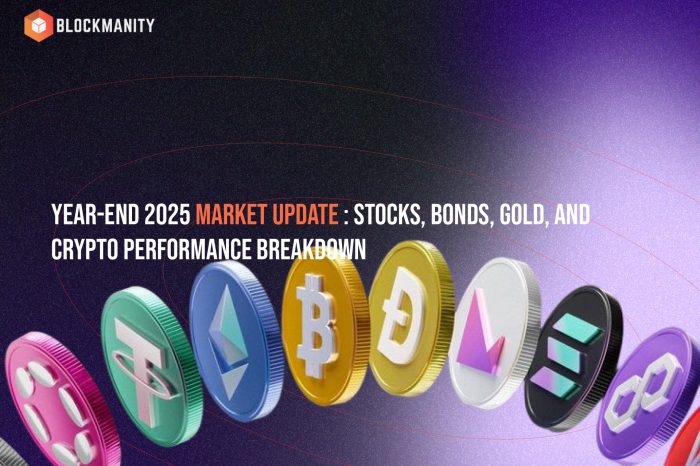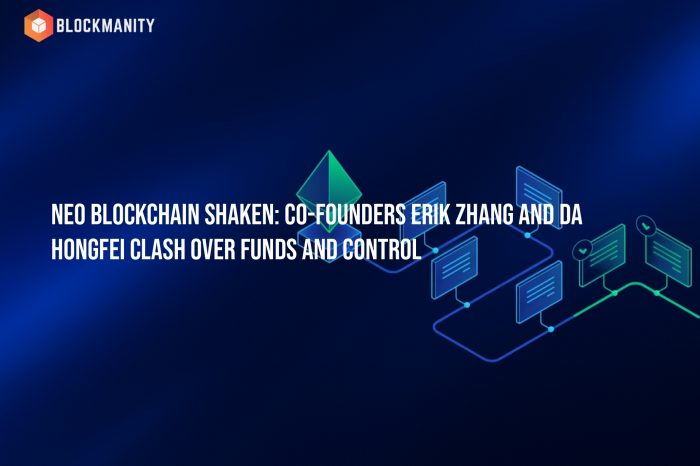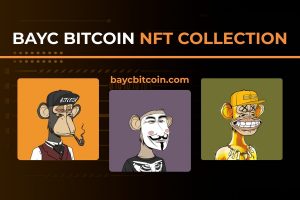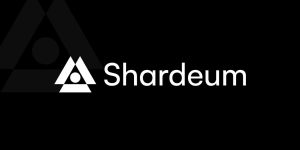GHO Stablecoin Deployed by Aave on Ethereum’s Goerli Testnet for Improved User Experience
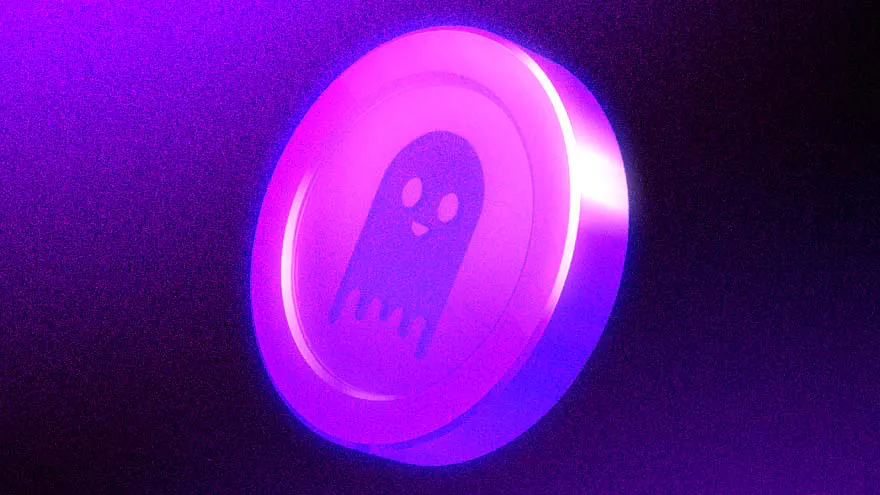
Aave, a decentralized finance (DeFi) protocol, has deployed its GHO stablecoin on the Ethereum Goerli testnet. GHO, pronounced as “go”, is one of the largest stablecoins in the crypto world and has been developed by Aave Companies. The stablecoin’s codebase is now available for developers and potential adopters to test and access before its release on the Ethereum blockchain. The start of GHO’s mainnet will be subject to community discussion and approval.
Aave is a lending and borrowing platform that operates on a decentralized autonomous organization (DAO) model, allowing users to take out crypto loans or earn yields on their tokens without third-party involvement. The platform is managed by Aave DAO through proposals and community votes. The deployment of GHO has been highly anticipated among DeFi users as the community overwhelmingly supported its development in an August governance vote last year.
GHO’s availability on the testnet will allow developers and adopters to get a feel for the stablecoin before its wider release. This will help to ensure a smooth transition when GHO is made available on the Ethereum blockchain. The stablecoin’s mainnet start will be subject to community discussion and approval, allowing the community to have a say in its development and future. The deployment of GHO is a significant step in the growth of the DeFi industry and will allow users to access a more stable form of cryptocurrency.
Stablecoins, The Future of Digital Assets
“Stablecoins: The Backbone of the Crypto Ecosystem with a Total Market Capitalization of $136 Billion”
Stablecoins are a new category of cryptocurrencies that are backed by an external asset, mainly the U.S. dollar, to maintain a stable price. They have become an essential part of the crypto world by enabling seamless trading and transfers between traditional currencies and digital assets. With a total market capitalization of $136 billion, stablecoins are driving the growth of the crypto industry.
“GHO Stablecoin to Compete with DeFi Rival Protocols in a Flagging Crypto Lending Market”
Aave’s GHO stablecoin will face intense competition from other DeFi protocols that are issuing or developing their native stablecoins to attract users during the downturn of crypto lending. Currently, Maker’s DAI is the largest decentralized stablecoin with a circulation of $5 billion, while Curve, another leading protocol, is approaching the launch of its crvUSD stablecoin. However, Aave’s strong position in the DeFi market with over $7 billion worth of digital assets pledged on the platform could give GHO a head start. According to Dustin Teander, an analyst at crypto intelligence firm Messari, GHO is likely to become one of the top decentralized stablecoins after DAI. But, given the current low demand for debt in DeFi, it may take some time to see significant growth.
Aaves’s Stablecoin GHO, How does it work?
Aave’s GHO, a new stablecoin, is set to be launched as an overcollateralized token backed by cryptocurrency assets. This information has been outlined in a technical paper written by Emilio Frangella and Steven Valeri from Aave Companies. The stablecoin’s price will be maintained at $1 through the use of an oracle.
GHO’s supply will be managed through a process of minting and burning tokens. Aave creates GHO tokens when users deposit digital assets as collateral in exchange for borrowing GHO, while they earn yield on their underlying assets. When the users repay the loan, Aave burns the GHO tokens and reduces its circulation while returning the underlying collateral. Stakers of the Aave governance token, AAVE, may be eligible to borrow GHO at a discounted rate.
The Aave DAO will be responsible for controlling the token’s supply, interest rate, and risk parameters. The DAO will receive all interest fees during the GHO loan period, a departure from the lending and borrowing practices of other digital assets on Aave. GHO will rely on facilitators such as other DeFi protocols for trustless minting and burning of GHO tokens. They must be approved by Aave’s governance and must respect the upper limit for borrowing, known as a “bucket”. Before its testnet release, GHO was audited by Open Zeppelin, SigmaPrime, ABDK, and is currently under audit by Certora. The protocol has also launched a Bug Bounty program, offering up to $250,000 in rewards for the discovery and reporting of security vulnerabilities.
Discuss this news on our Telegram Community. Subscribe to us on Google news and do follow us on Twitter @Blockmanity
Did you like the news you just read? Please leave a feedback to help us serve you better
Disclaimer: Blockmanity is a news portal and does not provide any financial advice. Blockmanity's role is to inform the cryptocurrency and blockchain community about what's going on in this space. Please do your own due diligence before making any investment. Blockmanity won't be responsible for any loss of funds.

